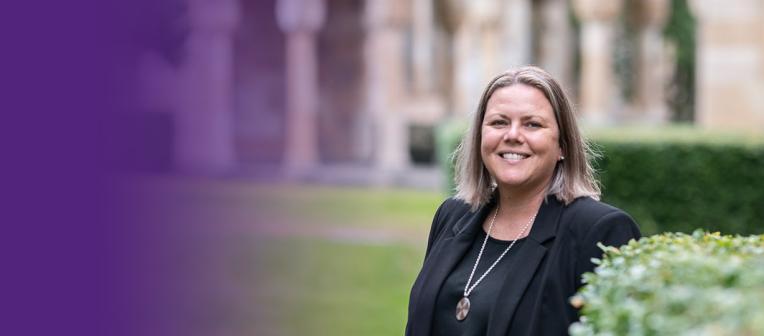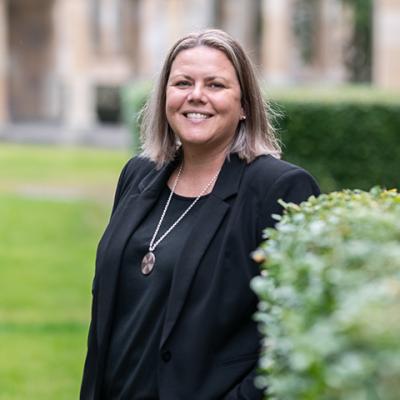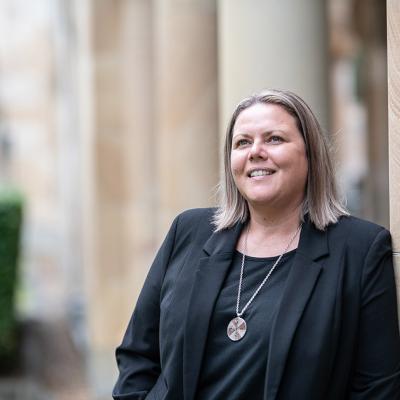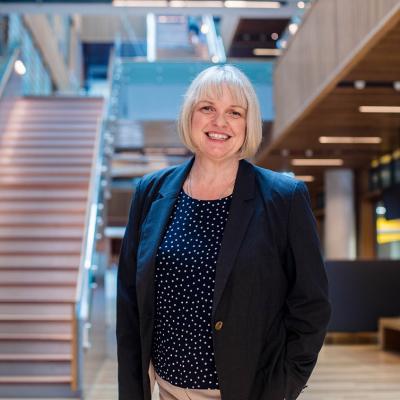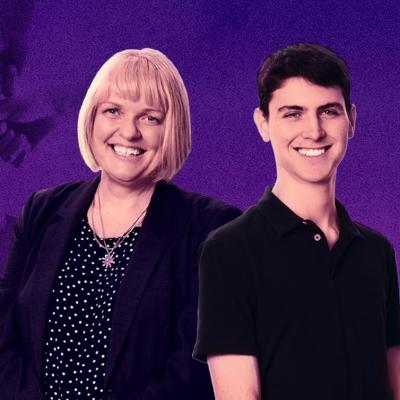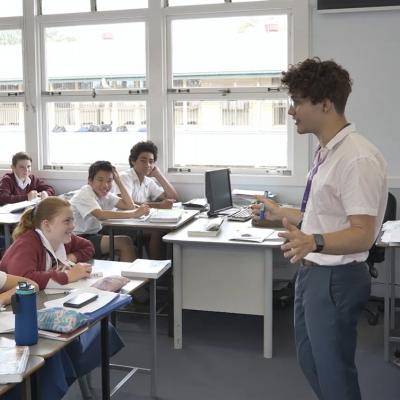Every day, more and more young people are becoming disenfranchised with traditional schooling systems. But is it the attitudes of the students that need to change… or the way we teach them?
Dr Marnee Shay is an Aboriginal educator and researcher at UQ, and she believes if students are disengaged at school, we need to alter our teaching methods to create more positive and inclusive learning environments. Marnee thinks the way we can do this is by adopting some of the practices used in flexi schools.
But what is flexi schooling, and what can mainstream schools learn from this alternative schooling method?
Flexi schools: an inclusive learning environment
Flexi schools are alternative schools that aim to engage students who have been excluded from mainstream education. When we say excluded, this could mean either formally through expulsion, or due to factors such as bullying, racism or lack of connection to teaching methods. Whether these young people were expelled or chose to leave a traditional schooling system, at a flexi school, they will have a second chance to learn in an environment where they can feel safe, be part of an inclusive community and have a say in their own education.
Many people may get the impression that flexi schools are dumping grounds for marginalised youth. But Marnee believes they’re a positive solution for helping disenfranchised students continue their studies, while mainstream schools develop an approach to education that is inclusive of all types of learners.
“We should have a schooling system that serves the needs of all young people in our society, but until we can achieve this, there is a critical need for flexi schools,” says Marnee.
“Without flexi schools, we would have thousands of young people without any options to remain engaged in education because they have exhausted other alternatives.”
So, what’s different about the flexi school approach to learning?
Flexi schools attract many Indigenous students who no longer resonate with the teaching methods adopted in mainstream schools. A study conducted in 2017 revealed that an average of 35% of Indigenous students were enrolled in flexi schools. So, it makes sense that flexi schools often use Indigenous approaches to teaching and learning in the curriculum, to great effect.
While Indigenous students make up a large proportion of the student cohort in flexi schools, these schools are not exclusively for them. Flexi schools welcome young people from all backgrounds and cultures, who, for a variety of reasons, have left the mainstream school system.
There’s a very strong focus on relationships and community in flexi schools, to assist with achieving a sense of equality. Many of the students have experienced hardship, trauma and major clashes with authority, and so they find it challenging to connect with authority figures. For this reason, flexi schools implement a flattened hierarchy, where students and staff are treated equally and seen as one team working together. This is achieved in simple ways – from eating meals together to sitting on the same level in the classroom.
There’s also typically a higher ratio of support staff to teachers and students than in mainstream schools. Many of the students experience mental and behavioural health issues due to coming from underprivileged backgrounds, and they benefit from additional support to learn in a classroom environment.
Marnee explains this movement away from traditional schooling approaches can have a dramatic impact – not only on Indigenous learners, but on all students who are disenfranchised by mainstream schools.
“These are resilient, intelligent and strong young people who are challenging all of the preconceived ideas society has about them,” says Marnee.
What needs to change in mainstream schools?
“Mainstream schooling can learn a lot from flexi schools,” says Marnee.
“Relational approaches, creating a sense of community and being more young-person-centred are all used successfully in flexi school settings.”
Marnee also highlights that an enquiry-led curriculum can help young people become more interested in what they’re learning, and this is encouraged in flexi schools.
“If we can find a way to strengthen these approaches in mainstream settings, there should be less need for flexi schools to exist.”
If we’re going to embed more Indigenous teaching methodologies into mainstream schools, however, Marnee believes we need to make hiring Indigenous teachers a priority.
“There’s a widespread problem of low numbers of trained Indigenous teachers; they are nowhere near close to the number of Indigenous students in Australian classrooms,” says Marnee.
“There needs to be more investment in growing and retaining Indigenous teachers in all schools.”
Engaging more Indigenous teachers in schools means increasing Indigenous perspectives, histories and languages in the classroom, which, in turn, helps Indigenous students to understand their own cultural context and thrive in a positive and nurturing space.
What does this mean for the future of teaching?
While Marnee’s key focus today is her research, she has a strong history in teaching education undergraduates, and she still guest lectures at UQ about the value of flexi schools and their approaches to learning. She hopes these lessons inspire her students to implement flexi school methodologies in mainstream schools when they graduate and begin work as teachers.
“University students studying education today need to understand the diversity of not only the learners, but also the educational approaches to serve them in contemporary schools,” she says.
Marnee hopes by sharing her research into flexi schools with education undergrads, she’ll gradually help ensure that young people who find it difficult to engage with traditional approaches to learning aren’t excluded from mainstream schools.
“What I love about working with young people is that they care – they care about diversity and giving people a voice. Our education undergrads are invested in creating inclusive classrooms for a diverse range of learners, and that’s incredibly exciting.”
Discover our undergraduate Education programs Explore all our undergraduate programs

